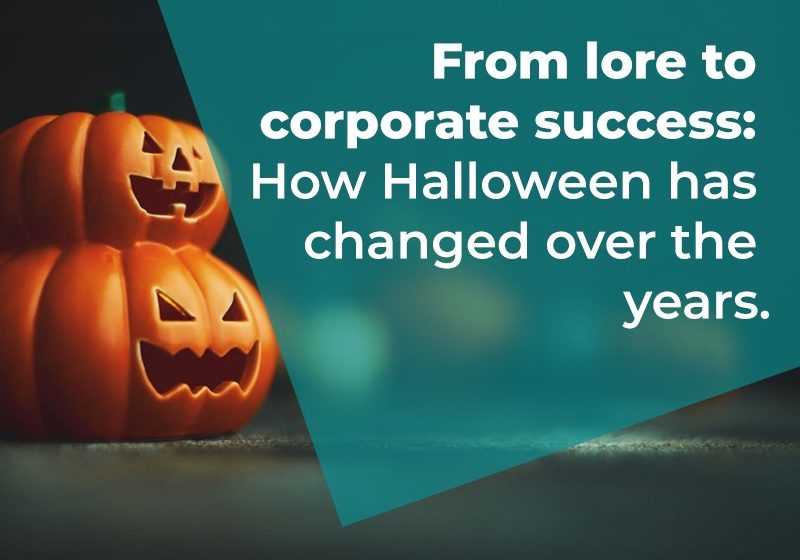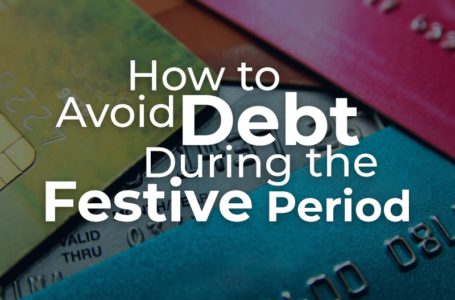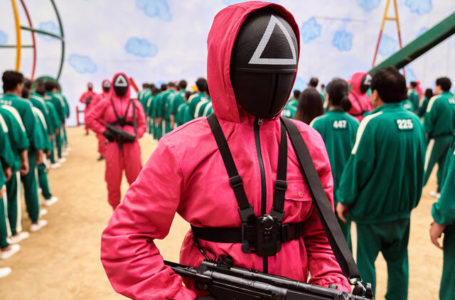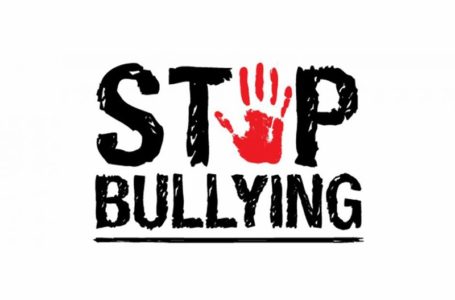From Lore to Corporate Success: How Halloween Has Changed

Halloween dates back to 2,000 years ago; however, it has changed a lot over the past 100 years. Back in the day, Halloween celebrations were customary to celebrate the harvest and ancient Christian beliefs. Now, it has become a festival for retailers, as a lot of people shop during Halloween.
So, how has Halloween changed? Let’s find out.
History and Significance
While the historical origins of Halloween are disputed, there are a few stories. The most common belief is that Halloween originated 2,000 years ago as the Celtic festival of Samhain celebrated in regions of ancient Ireland and the UK. People lit bonfires and wore costumes to ward off evil spirits and energies.
The eighth-century festival ‘All Saints Day’ inherited some customs of Samhain. The celebration was later renamed ‘All Hallows Eve’ and eventually ‘Halloween’.
Early Celebrations
In the early centuries, people celebrated Halloween to protect themselves and their families from negative energies. In the 16th-18th centuries, the date of Halloween was fixed to November 1st and people began celebrating it to mark the end of summer, the harvest, and the beginning of the cold and dark winter.
Ancient Celts associated winter with death and thought the lines between the living and dead blurred on the night before winter. They believed that ghosts returned to Earth and caused damage, such as destroying crops.
Hence, people continued to celebrate Halloween for many years to signify the transition from summer to winter.
Modern-Day Celebrations
Modern-day Halloween celebrations have changed significantly. It’s a fun and less serious festival where people dress in scary costumes and have lots of fun. People still put items, mainly pumpkins, outside their homes to ward off evil energies. If you’re wondering why pumpkins, they also have Celtic origins.
Trick or Treat is another important element of Halloween celebrations. The night before All Saints Day, children dress in Halloween costumes and go door to door to ask for sweets and candy. They use the phrase “trick or treat” as an exclamation when doing so. If someone refuses to give sweets, it implies that they’re accepting the threat that children will play tricks on them.
Though Halloween is a harvest festival, celebrations tend to be held in more urban areas. Moreover, it has become a paradise for retailers, as people shop readily during Halloween. Americans spend around $10 billion on Halloween shopping, making it an important festival for businesses too.
Some people go all out for Halloween by decorating their homes in spooky decor and buying in lots of Halloween themed candies for kids to collect. Others buy or create intricate and creative costumes of their favourite creepy character or monster.
Many companies have incorporated Halloween celebrations into their corporate culture. Some top companies that go all out for Halloween are Etsy, WeWork, HubSpot, littleBits, Porch, Klick, TaskUs, Matrix Group, and Signal. For the whole month of October, most shops and stores sell Halloween EVERYTHING and really rake in the monitary benefits.
Is that what Halloween is really about though? Halloween was about warding off evil, not encouraging it by making the rich richer!
Conclusion
Halloween is one of the biggest festivals in the western world and is celebrated worldwide. However, the way people celebrate Halloween has changed significantly. Firstly, it was a serious festival for warding off ghosts and bad spirits. Then, it turned into a harvest festival for the end of Summer. At present, it’s a fun festival and an amazing opportunity for companies to enhance sales and boost their corporate culture.
So, how do you think Halloween should be celebrated?



